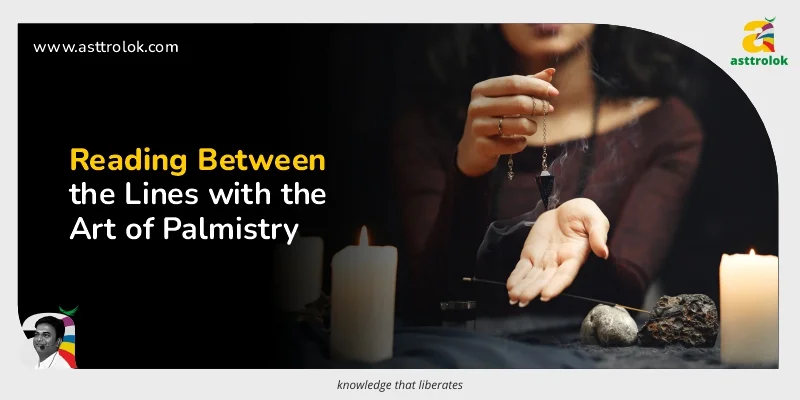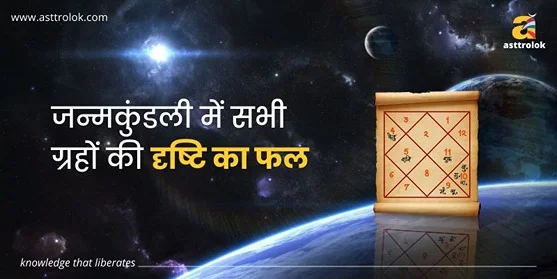
Introduction
Palmistry, often referred to as chiromancy, is an ancient practice that dates back thousands of years. It is the art of interpreting the lines, shapes, and markings on the palms of the hands to gain insight into an individual's character, personality, and future. Palmistry is deeply rooted in various cultural and spiritual traditions, including palmistry astrology, Vedic astrology, and the wisdom of the Vedas.
Get an online astrology consultation by the world-renowned astrologer Mr. Alok Khandelwal.
History of Palmistry
The origins of palmistry can be traced back to ancient civilizations such as Mesopotamia, Egypt, India, and China. The practice flourished in India, where it was mentioned in ancient texts such as the Vedas and the Ramayana. In China, palmistry was practiced alongside acupuncture and traditional Chinese medicine, while in Europe, it gained popularity during the Middle Ages.
Basic Principles of Palmistry
Palmistry is based on the belief that the hands are a reflection of the soul and contain valuable information about a person's life path and destiny. The primary lines examined in palmistry include the heart line, head line, life line, and fate line. Each line represents different aspects of a person's life, such as emotions, intellect, vitality, and career.
Heart Line: The heart line, also known as the love line, reflects a person's emotional well-being and romantic relationships.
Head Line: The head line represents a person's intellect, reasoning abilities, and communication skills.
Life Line: Contrary to popular belief, the life line does not predict the length of one's life. Instead, it indicates vitality, energy levels, and overall health.
Fate Line: The fate line, also called the destiny line, provides insight into one's career path, success, and obstacles encountered along the way.
Mounts and Markings: In addition to the primary lines, palmists also examine the mounts and markings on the palms. Mounts are elevated areas of the palm that correspond to different planets in astrology, while markings such as crosses, stars, and triangles indicate specific traits and events in a person's life.
Read also : Vastu for Wealth: Activating Financial Prosperity in Your Home
Interpreting Palmistry Signs
Interpreting palmistry signs requires a combination of intuition, knowledge, and experience. While there are general guidelines for understanding the lines and markings on the palms, every hand is unique, and no two readings are the same. A skilled palmist considers the size, shape, texture, and flexibility of the hands, as well as any changes or developments over time.
Applications of Palmistry
Palmistry can be used for various purposes, including self-discovery, personal growth, and guidance in decision-making. By understanding their strengths, weaknesses, and potential challenges, individuals can make informed choices and navigate life with greater confidence and clarity. Palmistry can also be used in conjunction with other divinatory practices such as astrology and tarot reading for a more comprehensive understanding of one's destiny.
The Intersection of Palmistry and Astrology
Palmistry and astrology are closely intertwined, with both practices seeking to uncover hidden truths and insights about an individual's life. In Vedic astrology, the positioning of the planets at the time of birth is believed to influence a person's personality, relationships, and destiny. Palmistry complements astrology by providing a tangible and personal interpretation of these cosmic influences.
Conclusion
In conclusion, palmistry is a fascinating and ancient art that offers valuable insights into the human experience. By studying the lines, shapes, and markings on the palms of the hands, palmists can uncover hidden truths about an individual's character, personality, and future. Whether used for self-reflection, personal growth, or guidance in decision-making, palmistry remains a powerful tool for understanding the intricacies of the human psyche and the mysteries of destiny.
Read also : Weekly Rashifal from 25 March to 31 March 2024
Comments (0)
Categories
Recent posts


जन्मकुंडली में ...
30 Aug 2023
Importance of Bhakoot Koota in Kundali ...
30 Aug 2023

.webp)














